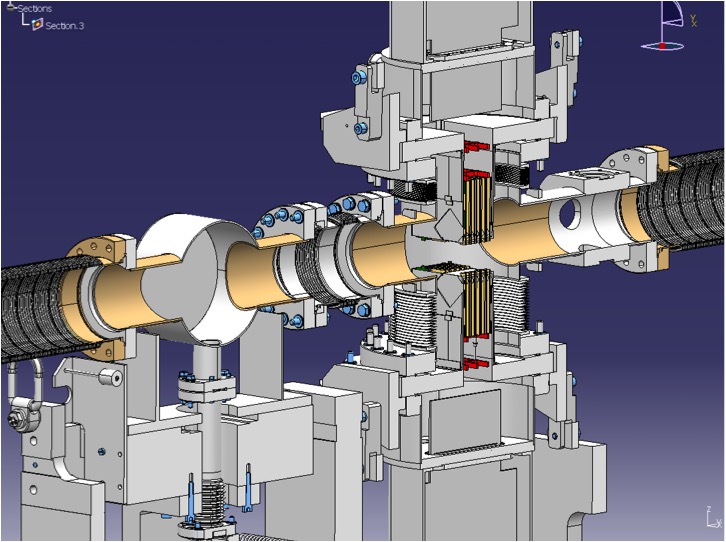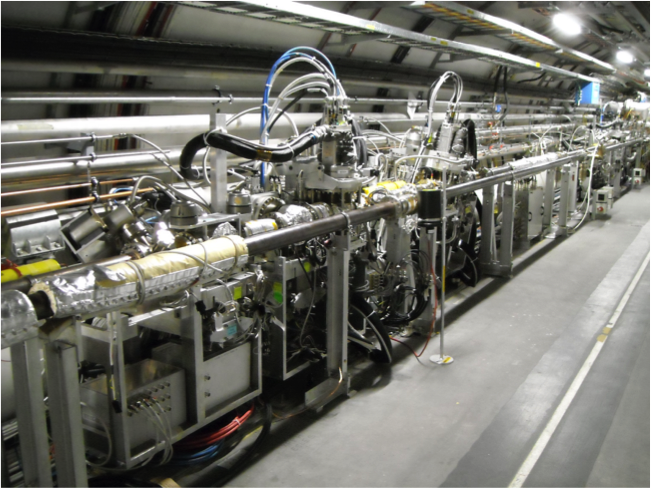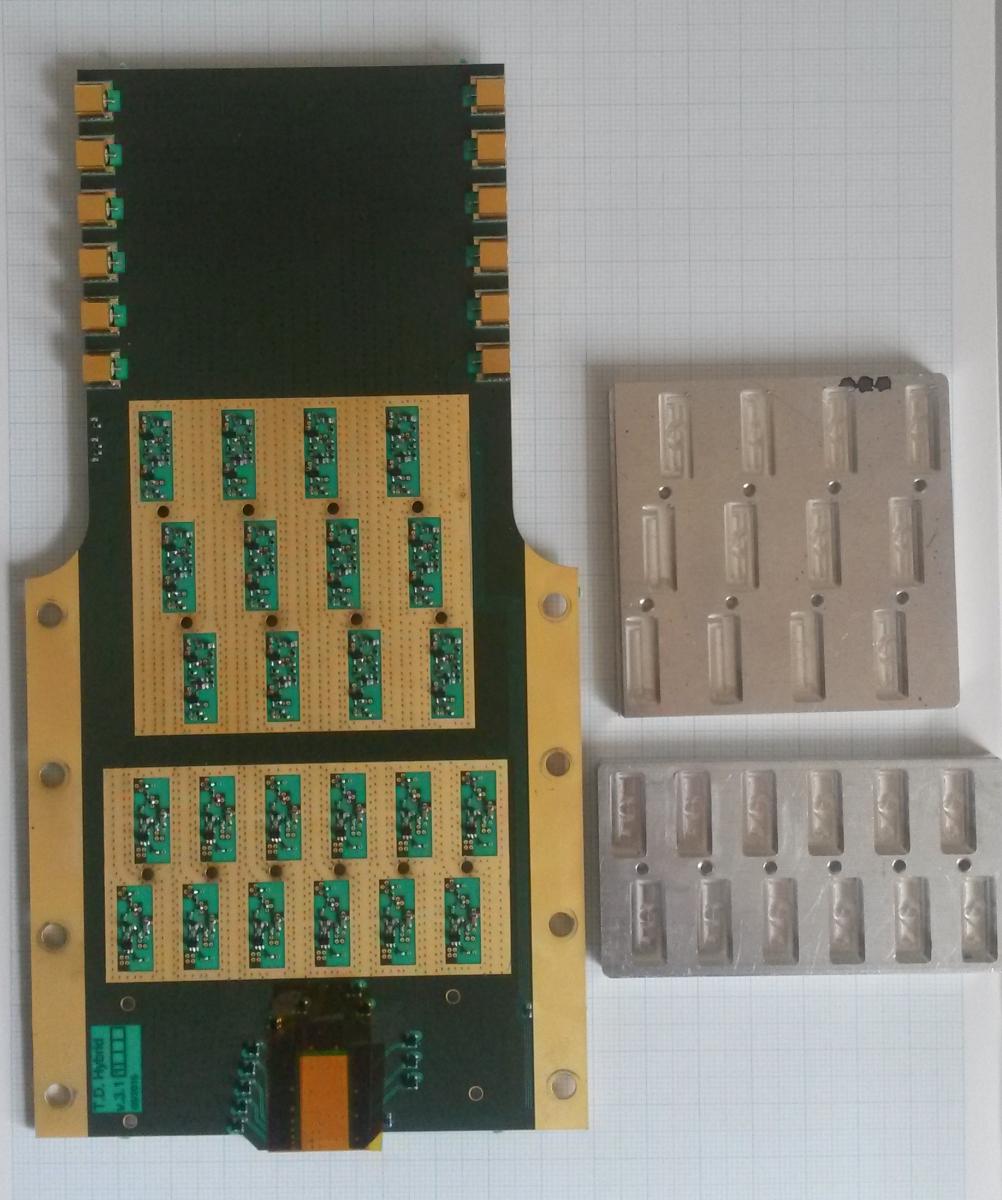TOTEM experiment upgrade
The Totem experiment has shown with recent data that in collaboration with CMS is possible to enlarge the original physics program in the diffractive proton interaction field. The Central Diffraction channel, although it has an order of magnitude less cross-section than the Single Diffraction process, has the peculiarity to give precise information on the kinematics of the central decay products when the trajectories of both protons are measured. The physics channels that can be studied are low mass spectroscopy, gluonic states and Glueballs search, diffractive Χc production and central diffractive Jet production. A precise proton mass and momentum loss measurement allows also searching for new physics by detecting possible missing masses in the CMS central detectors.
For these studies with low cross-section a large luminosity integrated during special high beta* runs is essential and in turn requires a large instantaneous luminosity with increased pileup probability (simultaneous events from different pp interactions): to deal with this new requirement for TOTEM new detectors have been developed and will be added soon. To disentangle particles originated in different simultaneous events one needs to identify the longitudinal position of the vertex associated to the two measured protons and separate with the central CMS detector tracks originated in the interaction from the ones associated to other vertices. The time difference between the arrival times of the two protons is a measurement of the longitudinal vertex position while the absolute time of arrival of the tracks is very useful in rejecting all the background correlated with non diffractive production.

As “timing detectors” we selected the diamond detectors technology: a stack of four layers of diamond detectors, 500 mm thick each, placed in one of the vertical Roman Pots of one station on both arms of the IP5 interaction point.

The diamond detector signal has a fast rise time of ~ps and a ~5ns decaying time. The total amount of charge is very low (~18000e ) and in order to get a good Signal to Noise Ratio (S/N) it is mandatory to perform some integration of the current and this reduces the rise time after the amplification. We studied different amplification chains in different beam environments to select the optimum configuration for timing measurement. Thanks to the help of the Hades experiment at GSI we could profit from their experience in this sector and rapidly developed a working electronic chain. We tested the detectors’ response with sensors of different pixel size (i.e. different input capacitance) to optimize the geometry necessary for the timing detectors. The largest capacitance we tested is from a pixel 4.5x4.5mm2 and we obtained a time resolution of 108ps (in a recent test beam with the final Hybrid improved to 100ps). The resolution gets better for smaller pixels reaching 80ps for a pixel that is approximately ¼ of the bigger one.

The pileup rejection requires a resolution of about 50ps and with 4 measurements from the 4 layers this goal can be reached. The efficiencies are above 98% over the entire surface of the pixel.
The proton density in the Roman Pots plane is not uniform and tends to peak around the beam position. The final optimized pixel size has almost constant occupancy and minimal double hit probability. The number of channels needed, 12 for each plane, allows the use of discrete components electronics. A channels count gives a total of 96 channels per arm.
To record a maximum of information a switching capacitor sampler SAMPIC (developed in the Saclay and Orsay Laboratories) is used to sample the entire waveform coming from each pixel. The SAMPIC chip has 16 channels and 6 of them are needed to read out all the channels of one arm. We are completing the electronics to match the Totem DAQ protocol. We compared the performance of the Sampic chip to the one of a digital oscilloscope in a test beam and obtained almost the same results.
The last important ingredient for a timing difference measurement is a very precise reference clock available in the stations of both arms. The clock should be very stable in time and have a jitter lower that few ps. We have chosen a clock distribution system based on commercial hardware developed at FAIR(D) by Michael Busonville. The clock signal is transmitted to the station via fiber optics and there is partially reflected back to the source for a phase measurement to the reference initial clock by a network analyzer. The system is modular and can be expanded to 128 channels.
A detector equipped with some layers will be mounted in a Roman Pot already installed in the LHC to test the functionality of the entire system in the real environment and obtain feedback before the final installation foreseen in the 2015-2016 winter shutdown period.
